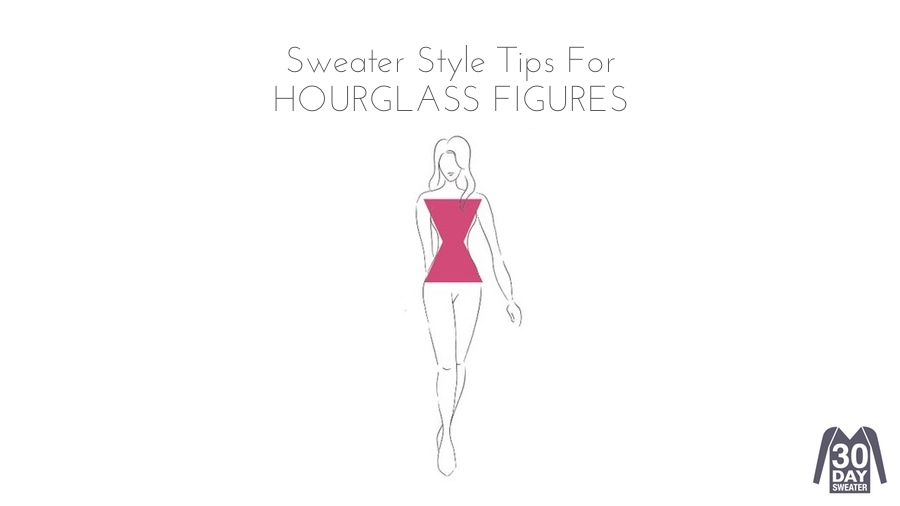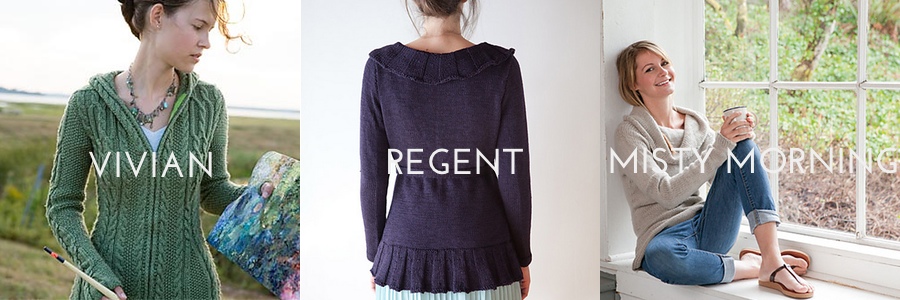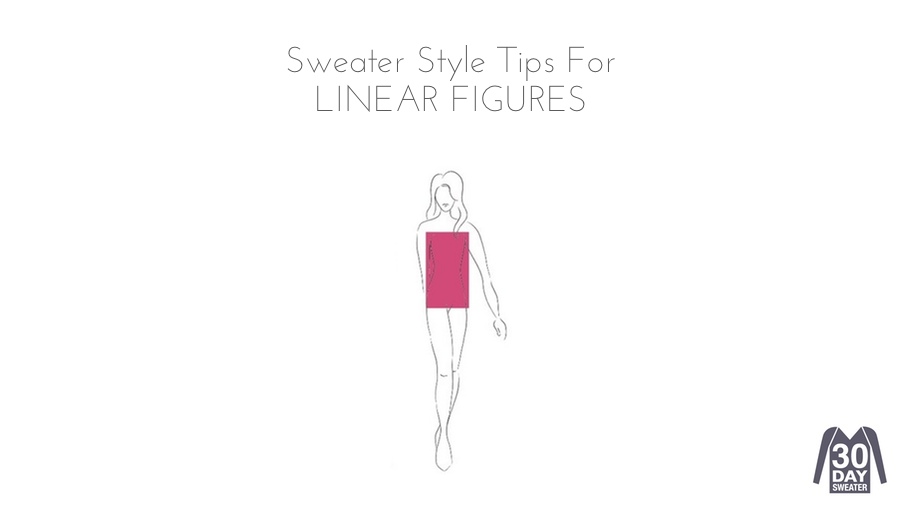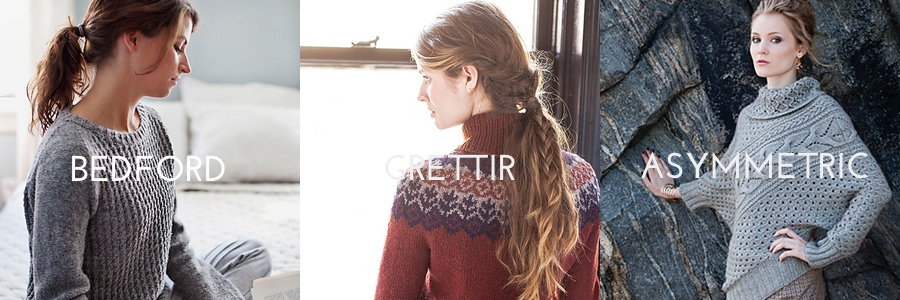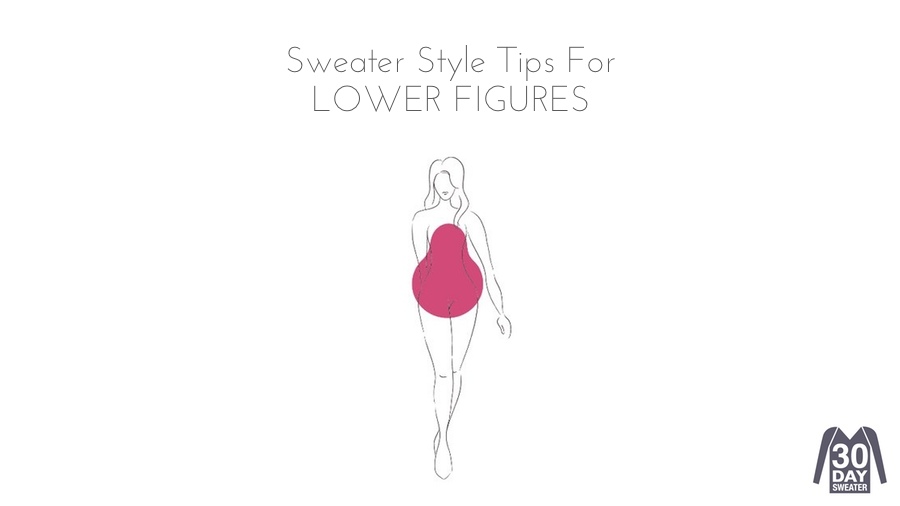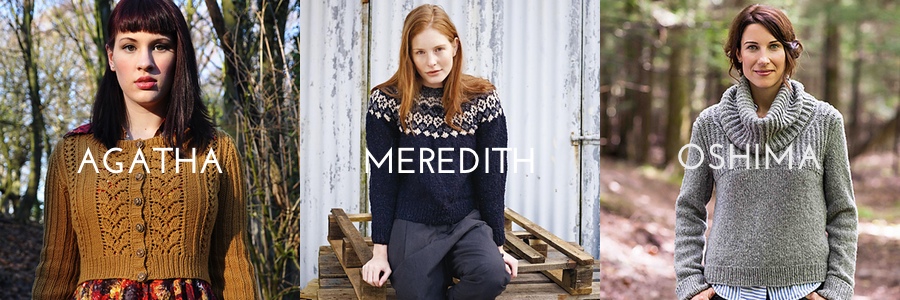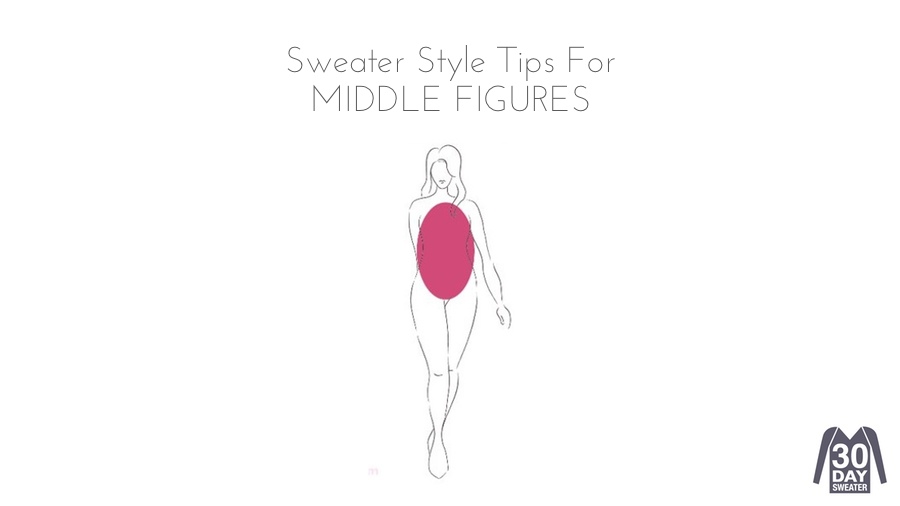In the last unit you learned how to take the three most important body measurements and how to use those measurements to find your body shape. Now wouldn’t you like to know what it all means?
In fashion there are five general categories that are used to define the various body silhouettes: hourglass figure, upper figure, lower figure, linear figure and middle figure. You may have heard them referred to as hourglass, strawberry, pear, banana and apple figures but I prefer the non-fruit names so we’ll stick to those. Each of these shapes is determined by the proportions of your bust to your waist and your waist to your hip measurements. That means that it doesn’t matter how big or small you are, it just matters how your measurements compare to each other proportionally. For instance, you could have an hourglass figure and be a size 0 or you could have an hourglass figure and be a size 22.
It is important to note that at different stages of your life your body can change in composition and you may have a different silhouette. It is recommended that you check your body shape with your measurements every few years to make sure that you’re still dressing for the correct figure.
Hourglass Figure
An hourglass figure has:
A well defined (narrow) waist
Hips and bust of almost the same size (and usually quite big)
If you have an hourglass figure the goal of your sweater should be to accentuate that small waist you’ve got. Some of the best ways to do that include waist shaping, wrap style sweaters and belted sweaters. Lower necklines tend to be best – think scoop neck and v-neck styles. You’ll want to avoid oversizes or boxy shaped sweaters as they hide that beautiful waist and make you look heavier than you really are. Also avoid boatneck, crew neck and oversized collars as they can make you appear top heavy.
The best sweater construction methods for this body type include set-in sleeves with close tailoring and raglan style sweaters with waist shaping.
Vivian by Ysolda Teague, Regent by Marnie MacLean & Misty Morning by Christina Loman
Upper Figure
An upper figure has:
Shoulders that are wider than the hips
Proportionally large bust
Small hips
If you have an upper figure that goal is to provide visual balance to your body by drawing your attention away from the bust and shoulder area. To achieve this try to keep the details of your sweater (i.e. texture, colorwork, embellishments, etc) below the waistline to draw your eye lower on the body. Avoid color work and details around the neckline and short sleeves that end at the widest part of the bust. Stick with crew necks, scoop necks and v-necklines.
The best sweater construction methods for this body type include dolman, raglan and batwing styles. The addition of flared or wider cuffs also look great on this body type.

Sunday Cardigan by Kim Hamlin, Chloe Cardigan by Jo Storie & Aspen by Martin Storey
Linear Figure
A linear figure has:
No defined waist
Hips with a similar width as the shoulders
Small or average bust
Does not have a lot of curves, more angular looking
If you have a linear figure the goal is to provide shape and dimension where there is very little naturally. You can either opt for straight clothing lines to show your beautiful angled body or you can opt to add dimension at the right places to create a waist. Colorwork, texture, pleats and yokes can add interesting details to your look.Your rectangle body shape gives you a wide range of possibilities for necklines – boat necks, wide V and U as well as jewel necklines are good. With details like embellishments, bibs, frills, bows, bottoms, rosettes, pockets, front panels, pleating, lace and ruffles you can add some volume and interest to your bust. Make sure these details are at your bust and above and not around your waist.
The best sweater construction methods for this body shape are circular yoke, dolman, set-in sleeves and raglan – yes, you can essentially pull off anything.
Bedford by Michele Wang, Grettir by Jared Flood & Asymmetric Pullover by Sanae Gunji
Lower Figure
A lower figure has:
Hips that are wider than the bust
A small bust and often has narrow shoulders
Fat tends to accumulate on the hips and buttocks
If you have a lower figure the goal is to bring visual balance by drawing your eye upward and away from your hips. To accomplish this use darker colors for the lower portion of the sweater and lighter colors for the upper portion. Large collars, puff sleeves, colorwork and interesting necklines also draw the eye upwards. Crop length or tunic lengths are excellent for a lower figure. Avoid bust cuffs and hems and stay away from lengths that end at the widest part of the hip.
The best sweater construction methods for this body shape are set-in sleeves, circular yoke and dolman style. Generally saddle shoulder construction is reserved for men but if you have a lower figure you will also be able to pull it off.
Agatha by Andi Satterlund, Meredith by Marie Wallin & Oshima by Jared Flood
Middle Figure
A middle figure has:
No defined waist
Weight tends to form on the stomach
Average bust size
If you have a middle figure the goal is to elongate the line of your body and draw focus vertically instead of horizontally. In order to achieve this you can utilize vertical panels of design features like cables or lace. Cardigans and draped front open styles do a great job of visually thinning and lengthening your figure. Go for open necklines, lightly tapered sleeves or interesting sleeves and lengths that fall at the hipbone. Avoid large boxy shapes, sleeves that end that the widest part of your bust and sweaters that are tight fitting.
If you have a middle figure the best sweater construction methods for you are set in sleeves with lots of structure and raglan style sweaters.
Little Wave by Gudrun Johnston, Pente by Carol Feller & Endearment by Hanna Maciejewska
Moving On
In the next section you’ll learn about the most popular sweater construction methods and why you might choose to use each method. Then you can pair the knowledge about your silhouette and the ideal construction method for your shape to make a sweater that looks incredible on you!
